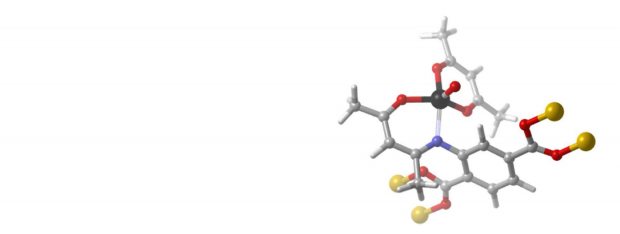Entropy-Driven Chemisorption of NOx on Phosphotungstic Acid
Abstract
Nitrogen oxides, NOx, are formed in combustion engines. They contribute to acid rain and the formation of ozone and are hazardous for men and environment. In this article, a process was investigated that can 'capture' the NOx from the exhaust gases using heteropoly acids and can later release them for processing. One of the main conclusions is that the mobility of the captured and released molecules is the key to control the reaction. This can now be used to optimize and commercialize the technology.
Stikstofoxiden, aangeduid als NOx, worden gevormd in verbrandingsmotoren. Ze dragen bij tot zure regen, de vorming van ozon en zijn dus schadelijk voor mens en milieu. In dit artikel werd een proces onderzocht dat de NOx kan ‘vangen’ uit de uitlaatgassen aan de hand van heteropolyzuren en later terug kan vrijgeven voor verdere verwerking. Een van de belangrijkste vaststellingen is dat de mobiliteit van de opgeslagen en vrijgegeven moleculen de sleutel is voor het controleren van het proces. De conclusies van het onderzoek kunnen nu verder gebruikt worden voor de optimalisering en commercialisering van het proces.
http://www.ugent.be/nl/actueel/nieuws/persberichten/stikstofoxide-nox-ve...
NOx adsorption on Phosphotungstic acid is entropy-driven due to the watermolecules that are released.



 Open Access version available at
Open Access version available at 